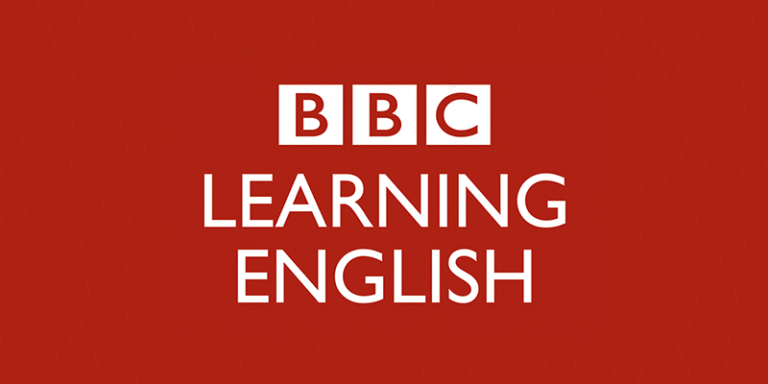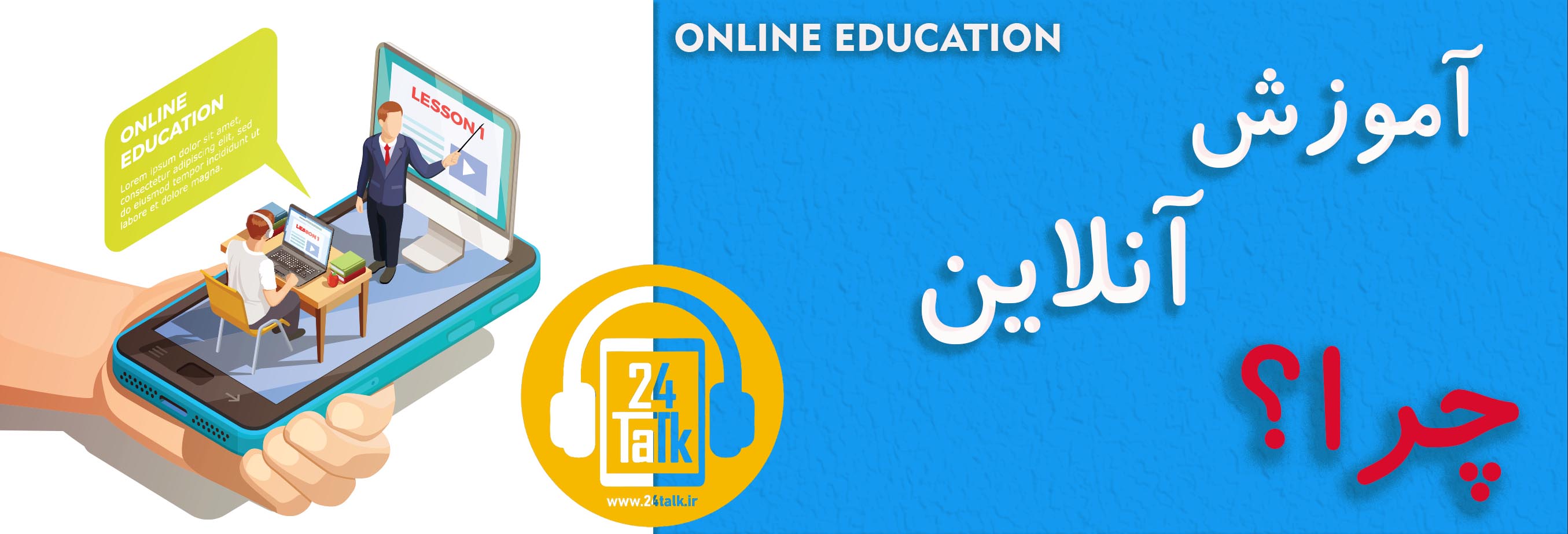پادکست BBC شماره 232 – A threat to London’s artwork
پادکست BBC شماره 232
سلام با دویست و سی و دومین سری از پادکستهای BBC 6 Minute English در خدمت شما هستیم.
در این قسمت درباره اینکه آیا میشود از روی چشمان به شخصیت یک نفر پی برد؟ صحبت میشه. یافته اصلی در مطالعه دانشمندان این است که می توان فقط به حرکات چشم نگاه کرد و سپس چیزی در مورد شخصیت آنها حدس زد. قبل از مطالعه آنها ، به هیچ وجه مشخص نبود كه آیا این امر می تواند از حرکات چشم درباره شخصیت انسانها چیزی دانست.
در زیر کلمات کلیدی که باید با آنها آشنا شوید برایتان توضیح داده شدهاند:
selfie : a self-portrait taken on a smartphone
selfie : سلفی
capture : to take a photograph
capture : عکس گرفتن
a snap : a quick and informal photograph
a snap : عکس ناگهانی
selfie stick : an extendable pole to hold your smartphone on
selfie stick : مونوپاد
viewpoint : a place where you can see or watch something
viewpoint : نقطه نظر
soared : risen quickly
soared : رشد سریع
distracting : stopping you from concentrating on something
distracting : حواس پرت کردن
a ban : officially say something is not allowed
a ban : قدغن کردن
imposed : introduced
imposed : معرفی کردن
sticking their neck out : doing or saying something that other people may not like or agree with
sticking their neck out : انجام یا گفتن کاری که دیگران دوست نداشته باشند یا مخالف باشند
engaged : (here) involved in doing something
engaged : سفارش شده، درگیر شده
Transcript of the podcast

پادکست BBC 6 minute English – A threat to London’s artwork
Neil
Hello, welcome to 6 Minute English. I’m Neil…
Harry
And I’m Harry.
Neil
Now Harry, have you ever taken a ‘selfie‘ – that’s a photo of yourself, usually with your mobile phone?
Harry
Yes, I have. I’ve taken them all over London with my children – of course selfies are very easy to take with your smartphone and recently we’ve seen some famous selfies featuring well-known people such as the one taken by actor, Ellen DeGeneres at last year’s Oscars ceremony.
Neil
Yes, it seems that there are no limits to the places where you can capture yourself in a photo. But there is a limit on how far you can stretch your arm out and take a snap – a quick photo – of you and your friends.
Harry
That’s true, so thank goodness for the selfie stick – an expanding pole to put your smartphone on which gives you a wider view. This means you can take in more of the background. Sounds like a good idea.
Neil
It does, but it’s also causing a problem in some places around the world. More on that in a moment but let’s not forget I have a question to ask you Harry.
Harry
OK Neil.
Neil
Well, we know some people love to take photos of themselves but perhaps not as much as Patrick Peterson. According to Guinness World Records he has taken the most ‘selfies’ in one hour – but do you know how many? Is it:
a) 449
b) 1,449
c) 2,449
Harry
Well, I guess he’s gotta move and be in a different position so I’m not going to go for the highest one. I’m gonna say1,449.
Neil
OK, well, we’ll find out the answer at the end of the programme. But now let’s talk more about the dangers of the selfie stick! They can certainly be useful for taking photos from a different viewpoint and it does mean that you get more people in your photo.
Harry
Sales of the selfie stick have soared – or risen quickly – since last year and they are now a common sight at tourist destinations. They’re great if you want to take a better photo but they’re very annoying if you’re not involved with the photo.
Neil
Yes and this is particularly frustrating if you’re trying to look at paintings and sculptures at an art gallery. They just get in the way and can be very distracting.
Harry
You mean they stop someone giving their full attention to what they are looking at. Well, this is the reason that some famous art galleries around the world are putting a ban on selfie-sticks – a ban means they are no longer allowed.
Neil
Places such as the Smithsonian museums in Washington and the Palace of Versailles in Paris were the first to do this and now the National Gallery in London have stopped them being used.
Harry
Let’s hear the exact reasons why from the gallery’s Doctor Susan Foister. What phrase does she use to mean trying to do the best thing for the visitors and for the paintings themselves?
Doctor Susan Foister, Deputy Director, The National Gallery
We have over 6 million visitors a year here, some of our rooms could get quite crowded, so we have to find the right balance between the experience of our visitors close to the paintings and the safety of the paintings themselves.
Neil
So the National Gallery is a popular and busy place and it gets quite crowded – and it doesn’t help the problem if people are holding up selfie sticks!
Harry
Yes – so they have imposed – or brought in – this ban to do the best thing for the visitors and for the paintings themselves – it’s what Doctor Foister called ‘the right balance’. She wants to give visitors trying to get close to the paintings a good experience.
Neil
And she makes the point that there’s a risk that the painting, which can be worth millions of pounds, could be damaged by one of these sticks.
Harry
Of course you are still allowed to take a selfie, and some museums are ‘sticking their neck out’ and still allowing people to use them.
Neil
A good idiom there Harry – you mean they’re doing something that other people may not like – yes, places such as the ICA – that’s the Institute for Contemporary Art – in London say selfie sticks are part of modern-day life.
Harry
Here is Catherine Stout, Head of Programmes at the ICA. How does she describe the type of visitors who go to her gallery?
Catherine Stout, Head of Programmes, ICA
We are very happy for our visitors to take their own photographs for personal use, of course we always secure the artist’s permission, but actually because we have a very young audience they’re completely engaged with social media, they want to use that forum to connect with each other, to share their experiences, if they wish to use a stick they’re very welcome to do so as long as, obviously, the artwork is not damaged in any way.
Neil
So the people who visit that gallery are young and use social media a lot – they are ‘engaged‘ with it and they like to share their experiences. This means taking photos on their smartphones and if they want to use a selfie stick?
Harry
… then they are ‘welcome to do so’. Just watch out where you stick it! I suppose, as long as you respect other visitors and don’t get in the way, then it’s ok to use one.
Neil
Well I’m not so sure. Anyway, it’s time to reveal the answer to the question I asked you earlier.
Harry
Yes, this was about Patrick Peterson, who holds the record for taking the most selfies in one hour. You asked me if he took 449, 1,449 or 2,449 in one hour.
Neil
And you said 1,449, which was … the correct answer! I wonder what he did with all those images…
Harry
He probably put them on social media.
Neil
Well we need to ‘stick’ to our six minutes of English but just before we run out of time, could you remind us of some of the vocabulary we’ve used today Harry?
Harry
Yes. We had…
selfie
capture
a snap
selfie stick
viewpoint
soared
distracting
a ban
imposed
sticking their neck out
engaged
Neil
Thank you. Well, that’s it for now. Go to bbclearningenglish.com to find more 6 Minute English programmes. Until next time. Goodbye!
Harry
Bye!
برای شنیدن دیگر پادکست ها، به بخش پادکست در مرکز آموزش رایگان مراجعه نمایید.







